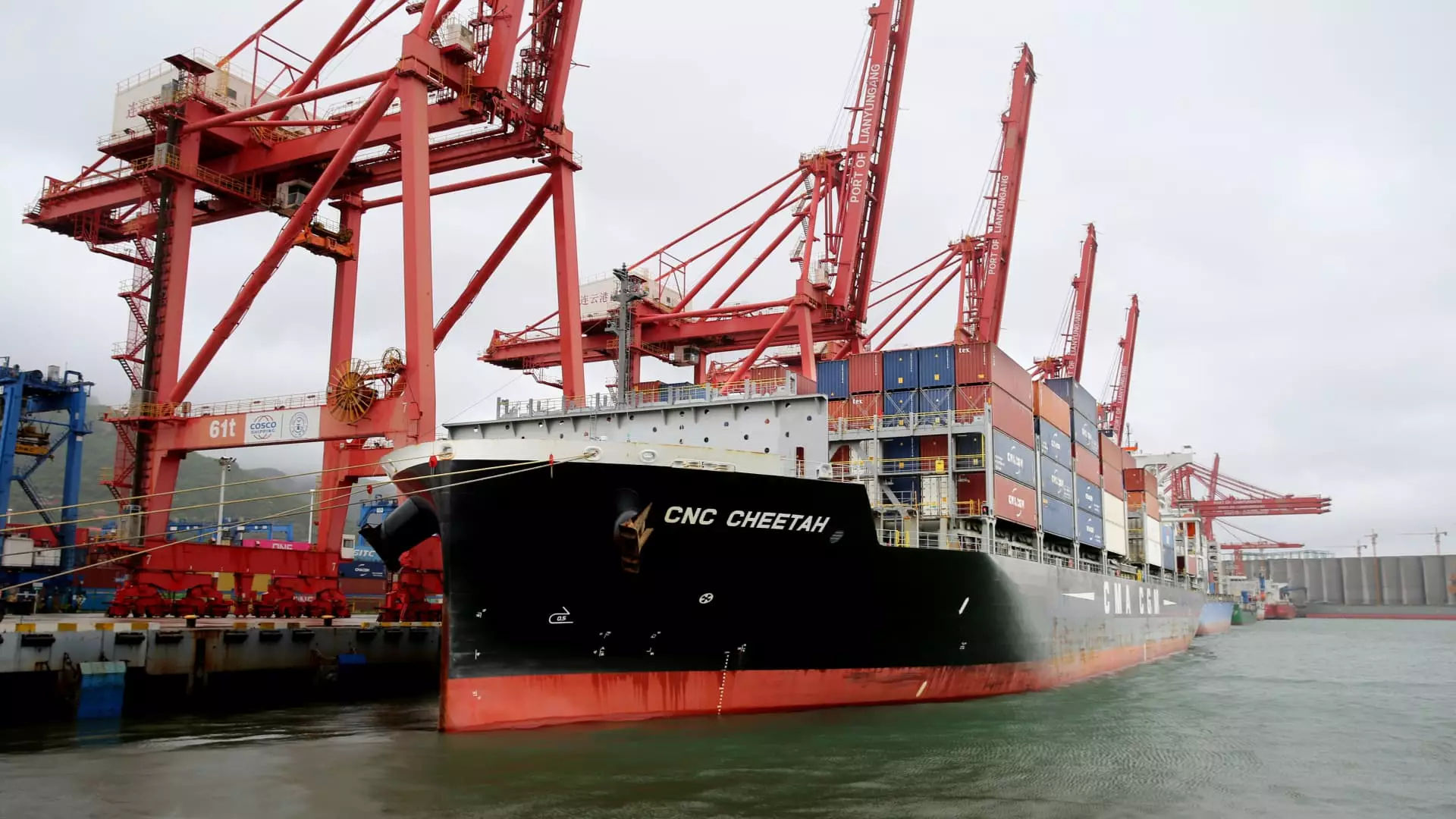The current state of tariff rates in the United States is nothing short of alarming. According to a recent analysis by the Yale Budget Lab, the average effective tariff rate has reached an unprecedented 17.8%, a staggering figure not seen since the shadow of the Great Depression. This overwhelming taxation on imports stands as a stark reminder of the protectionist policies that have emerged in recent years, exacerbated by superficial trade agreements that offer little to alleviate the financial burden on everyday Americans.
Consumers are feeling the pinch more than ever, with an estimated $2,800 projected cost per household due to these tariffs. This figure raises critical questions about the administration’s trade strategy and its long-term implications for the economic landscape. What does it say about our leadership when a mere 90-day temporary reprieve on Chinese imports reduces tariffs marginally from eye-popping rates of 145% to a mere 30%? The overshadowing reality is this: temporary measures can only mask deeper systemic issues.
Trade Deals: More Hype than Hope
The recent agreements with China and the United Kingdom, while hailed as victories by some, are steeped in a lack of substantive change. For instance, lifting UK automobile tariffs from 25% to a mere 10% for the first 100,000 cars imported might sound promising, but it scarcely mitigates the overall burden on American consumers. Such quarter-measures don’t reflect the breadth of economic distress being faced; they are, instead, a distraction worthy of skepticism.
Moreover, the larger context of these deals should not escape us. Prior to the announcements, consumers were hit with an average effective tariff rate of 28%, which, according to previous analyses, was the highest since 1901. The minimal decline observed post-agreements can be largely chalked up to reductions on Chinese imports alone. In fact, the U.S.-UK pact barely makes a ripple in terms of overall economic relief.
Behavioral Shifts and Economic Consequences
Economists warn that the U.S. market is on the brink of behavioral shifts as consumers and businesses scramble to avoid high tariffs. Such efforts to strategize around impending costs could lead to significant impacts on purchasing decisions, with potential ripple effects throughout the economy. The Yale Budget Lab even suggests that after these economic adjustments, the effective tariff rate may still reach 16.4%, the highest it has been in nearly a century. The uncertainty of these timing shifts only adds to the precarious situation.
What this tells us is that the current path is unsustainable. If the administration fails to recognize the suffocating impact of these tariffs, they risk not only consumer trust but also broader economic stability. The incessant reliance on protectionist policies may be a double-edged sword; while it aims to shield domestic industries, it ultimately erects barriers to consumer accessibility and freedom.
In an era when globalization seems increasingly unavoidable, the steadfast clinging to archaic tariff structures indicates a need for a more nuanced approach. Policies that reinforce consumer rights alongside local businesses should be the focus, rather than the outdated notion of isolation. Authentic change will only come when policymakers prioritize adaptability and declutter the marketplace from the burdens of excessive tariffs. As it stands, the status quo offers little more than a grim reminder that ignoring economic realities yields severe consequences for all.

